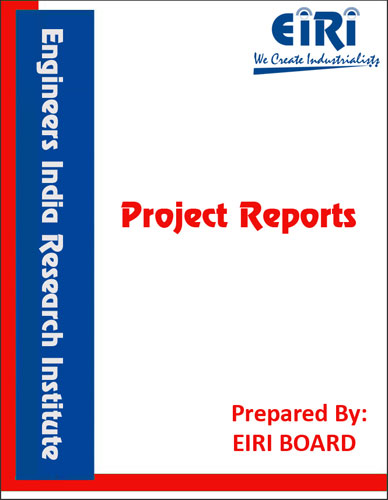Latex Foam Rubber (Spong Rubber)
The project report includes Present Market Position and Expected Future Demand, Market Size, Statistics, Trends, SWOT Analysis and Forecasts. Report provides a comprehensive analysis from industry covering detailed reporting and evaluates the position of the industry by providing insights to the SWOT analysis of the industry.
We can prepare PROJECT REPORT as per your INVESTMENT PLAN for BANK LOAN REQUIREMENT and INDUSTRY ANALYSIS. All reports are prepared by highly qualified consultants and verified by a panel of experts.
Have Query? Click Here to Chat
Industry Expert is Online, Chat with him for more detail.

What is Latex Foam Rubber?
Latex is NOT flexible polyurethane foam. In its natural form, latex is a milky white liquid tapped from the trunks of rubber trees (hevea brasiliensis) and then combined with water to create a thick suspension. In manufacturing natural latex foam rubber, the latex suspension is whipped to a froth and poured into carousel molds, onto a conveyor, or into sheets (for sponge rubber carpet cushion), sometimes additionally frothed using CO2 gas, chilled to below freezing, and then heated to the point of vulcanization (about 240° F). During vulcanization, molecular crosslinks are formed giving the resulting foam rubber the ability to recover its shape after compression. Traditionally, vulcanization is effected by heating the frothed latex suspension while exposing it to elemental sulfur, one or more organic accelerators, a metal oxide (ZnO) and an organic acid (stearic acid). There are many different processing formulations to accommodate different rubber and synthetic rubber blends and there are two different mechanical processing technologies used today. The Dunlop method and the Talalay mechanical process account for all latex foam rubber used in home furnishings products.
Project Reports Cover:
- Introduction
- Uses and Applications
- Properties
- Market Survey with future aspects
- Present Manufacturers
- B.I.S. Specifications
- Manufacturing Process with Formulae
- Cost Economics with Profitability Analysis
- Capacity
- Land & Building Requirements with Rates
- List & Details of Plant and Machinery with their Costs
- Raw Materials
- Details/List and Costs
- Power & Water Requirements
- Labour/Staff Requirements
- Utilities and Overheads
- Total Capital Investment
- Turnover
- Cost of Production
- Break Even Point
- Profitability
- Land Man Ratio
- Suppliers of Plant & Machineries and Raw Materials.



